Transforming ordinary items into extraordinary creations is the heart of upcycling furniture—a process that combines creativity with purpose, turning discarded pieces into functional and stylish treasures. For those new to the craft, the journey begins with understanding the basics, selecting the right tools, and choosing the perfect paint to bring new life to your projects. Whether you’re aiming to flip furniture for profit or simply revamping your space, the possibilities are endless. This article delves into the ins and outs of upcycling, exploring everything from the most profitable projects to the best practices for achieving stunning results. Discover how upcycling can not only transform your home but also offer a sustainable and profitable venture, making it a rewarding endeavor for anyone willing to put in the effort. Ready to embark on this creative journey? Let’s dive in and unlock the secrets to mastering the art of upcycling furniture.
Key Takeaways
– Upcycling Furniture Can Be Lucrative: With the right strategy, upcycling furniture offers significant profit potential, especially when targeting niche markets or leveraging unique craftsmanship.
– Initial Investments Are Manageable: Starting an upcycling venture requires careful consideration of initial costs, but cost-saving strategies can help maximize profitability.
– Target Eco-Conscious Markets: Catering to environmentally conscious consumers or those seeking custom, unique pieces can significantly boost demand and revenue.
– Differentiate Through Craftsmanship: Standing out from competitors with high-quality craftsmanship and innovative designs can set your upcycled furniture apart.
– Leverage Resources Like Pravylo Project: Utilize tutorials and project ideas from platforms like Pravylo Project to enhance your skills and stay inspired.
– Focus on Niche Markets: Specializing in specific styles or furniture types can help you cater to targeted customer preferences and drive sales.
– Build a Strong Brand Identity: Crafting a unique brand story and visual identity will help your offerings stand out in competitive markets.
– Use Social Media Effectively: Showcase your work on platforms like Instagram and Pinterest to reach a broader audience and attract serious buyers.
– Offer Customization Options: Allowing customers to personalize finishes, fabrics, and details can enhance satisfaction and increase sales.
– Flipping Furniture Can Generate Substantial Income: Earnings range from part-time $500 to $1,500 monthly, up to $10,000+ for full-time efforts, depending on volume and pricing.
– Understand Costs and Challenges: Upcycling involves expensive materials, labor-intensive processes, and competition for resources, contributing to higher prices.
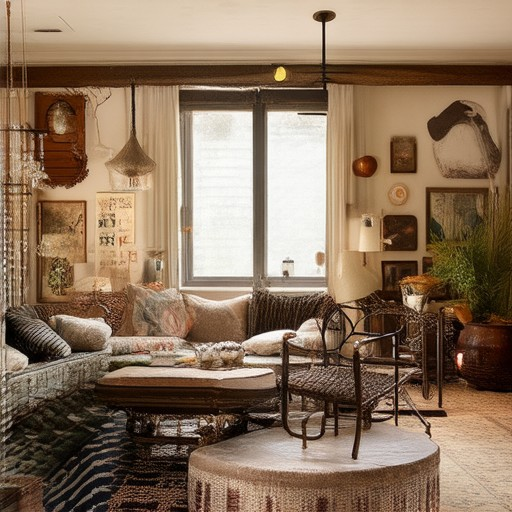
How to Upcycle Furniture for Beginners
Upcycling furniture is a fun and sustainable way to transform old pieces into something new and functional. Here’s a step-by-step guide to help you get started:
- Choose the Right Project – Start with a simple piece like a coffee table or chair. Ensure the furniture is sturdy and in good condition.
- Gather Tools and Materials – You’ll need sandpaper, paint, wood filler, paintbrushes, and safety goggles. Consider using eco-friendly paints or stains for a greener approach.
- Prepare the Surface – Clean the furniture thoroughly and remove any hardware. Sand rough edges to ensure smooth painting.
- Paint or Stain – Apply a base coat of paint or stain. For a more dramatic look, consider using dark colors or patterns.
- Add Decorative Elements – Use fabric, beads, or wallpaper to create unique textures and designs.
- Seal the Finish – Protect your work with a clear sealant to prevent scratching and fading.
For more inspiration, check out Pravylo Project’s DIY Tutorials for step-by-step guides and creative ideas. Don’t hesitate to experiment with different materials and techniques to find your personal style!
The Most Profitable Upcycle
Upcycling waste materials into valuable products can be a lucrative venture, offering both environmental benefits and financial rewards. Among the most profitable upcycles, transforming discarded items into high-demand goods stands out. Here’s a breakdown of some of the most rewarding options:
- Outdoor Living Spaces : Weather-resistant planters made from galvanized buckets, old toolboxes, or wheelbarrows can fetch premium prices. These items are highly sought after by gardeners and homeowners looking for unique decor pieces.
- Electronics Recycling : Repairing and refurbing old electronics, such as smartphones, laptops, and gaming consoles, can be extremely profitable. Skilled technicians can charge hundreds of dollars for restoring devices back to working condition.
- Clothing Upcycling : Turning thrifted garments into custom-made fashion items, such as upcycled jeans jackets or dresses, allows creators to sell these pieces at elevated price points due to their uniqueness and sustainability appeal.
- Home Goods Renovation : Repurposing old furniture, like transforming an outdated sofa into a storage bench or a coffee table, adds functionality and style to homes, making it a desirable item for many buyers.
- Paper Products : Converting scrap paper, cardboard, and even old books into custom stationery, greeting cards, or art prints can be both creative and financially rewarding, especially when targeting niche markets.
These upcycling ideas demonstrate the vast potential for profit while promoting sustainability. By leveraging unused materials and applying creativity, individuals can turn trash into treasure, both environmentally and economically.
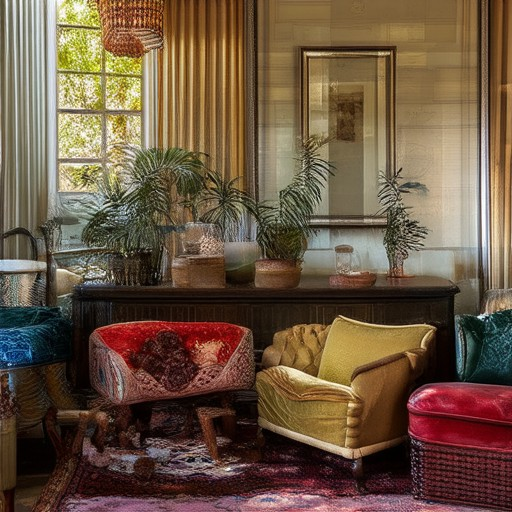
Best Paint for Upcycling Furniture
When it comes to selecting the best paint for upcycling furniture, there are several options to consider depending on your project’s requirements:
- Acrylic Paint: Acrylic paint is a versatile choice suitable for most furniture surfaces, including wood, metal, and plastic. It dries quickly, making it ideal for projects with tight deadlines, and offers a wide range of colors and finishes.
- Water-Based Acrylic Paint: If you prefer a more eco-friendly option, water-based acrylics are low-VOC and have minimal odor, making them a great choice for indoor use.
- Oil Paint: Oil paint is excellent for achieving a classic, smooth finish and works well on wooden furniture. It may require more prep work and drying time compared to other options.
- Latex Paint: Latex paint is known for its quick-drying properties and excellent coverage, making it a good choice for smaller projects or touch-up jobs.
- Milk Paint: Milk paint is perfect for restoring wood and gives a smooth, matte finish. It’s eco-friendly and has a natural aesthetic appeal.
- High-Adhesion Paint: For metal or plastic surfaces, high-adhesion paint is specifically formulated to stick well and provide a durable finish.
- Spray Paint: Spray paint is ideal for precise touch-ups or when you need a fine finish, though it’s less suitable for large areas.
- Chalk Paint: Chalk paint is popular for creating a distressed, shabby chic look and works well on wood surfaces.
Before painting, always ensure the surface is clean and properly prepared. Consider using a primer to enhance adhesion and longevity of the paint job. For the best results, choose the right type of paint based on the material and finish you desire.
Looking for where to buy these paints? Check out our partners at Pravylo Project Partners for a variety of options tailored to your upcycling needs.
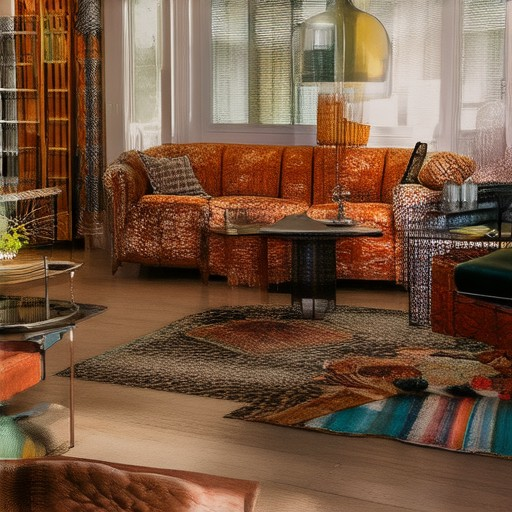
Is Upcycling Furniture Profitable?
Upcycling furniture can be a lucrative venture, but its profitability depends on several factors including initial costs, target market, competition, and cost-saving techniques. Below are key considerations to help you determine if upcycling furniture is profitable.
- Initial Investment: Starting an upcycling business requires tools, materials, and workspace. The initial investment can vary widely depending on the scale of operations.
- Target Market: The profitability also hinges on the demand for refurbished or recycled furniture. Markets like eco-conscious consumers or those seeking unique, custom pieces can drive demand.
- Competition: Competitors like IKEA and Thosha are already in the market, but differentiation through craftsmanship and unique designs can set you apart.
- Cost-Saving Strategies: Streamlining processes, sourcing affordable materials, and leveraging local suppliers can reduce overhead costs and increase margins.
Pravylo Project Insights
Pravylo Project offers a wealth of resources for aspiring upcyclers. Their platform features tutorials, project ideas, and community support to help you succeed. Check out their tutorials for step-by-step guidance and their project ideas for inspiration.
Key Tips for Success
- Focus on Niche Markets: Specialize in a particular style or type of furniture to cater to specific customer preferences.
- Build a Strong Brand Identity: Create a unique brand story and visual identity to differentiate your offerings in the market.
- Leverage Social Media: Use platforms like Instagram and Pinterest to showcase your work and reach a broader audience.
- Offer Custom Options: Allow customers to choose finishes, fabrics, and details, which can increase satisfaction and drive up sales.
By considering these factors and implementing effective strategies, upcycling furniture can indeed be profitable. Whether you’re operating a small-scale workshop or a full-fledged business, the rewards of turning discarded furniture into beautiful, functional pieces are well worth the effort.
How Much Can You Realistically Make Flipping Furniture?
Flipping furniture can be a lucrative venture, but the earnings depend on several factors, including the type of furniture you flip, where you sell it, and how much time and effort you invest.
Factors Influencing Earnings
- Type of Furniture: High-demand items like mid-century modern or antique pieces often command higher prices, but they may require more time and skill to restore. Common items like dressers or tables can be flipped quickly but may have lower margins.
- Selling Channel: Platforms like Facebook Marketplace, eBay, or Etsy allow you to reach a broad audience, though competition can be fierce. Local sales can sometimes yield quicker returns but may limit price.
- Time Investment: Complex projects may take longer, affecting your overall productivity. Focusing on simpler flips can help maintain consistency if you’re short on time.
- Location: Urban areas often have more opportunities due to higher demand, but rural areas can offer cheaper finds. Transportation costs and availability of materials also play a role.
- Costs: Factors like transportation, materials, and listing fees can eat into profits, so it’s crucial to manage these expenses effectively.
Examples of Potential Profits
- A mid-century modern dresser might sell for $800-$1200 after restoration.
- A basic wooden table could increase from $50 to $300.
- A vintage chair might go from $20 to $150.
Optimizing Profits
- Research local market trends to identify underserved niches.
- Choose the right platforms for your target audience.
- Build a network of suppliers and buyers for better deals.
- Invest in effective marketing to attract serious buyers.
Potential Earnings Range
- Part-time flippers might make between $500 to $1,500 per month.
- Full-time efforts could yield $2,000 to $10,000+ per month, depending on volume and pricing.
By balancing these factors and staying disciplined, you can realistically make significant money flipping furniture.
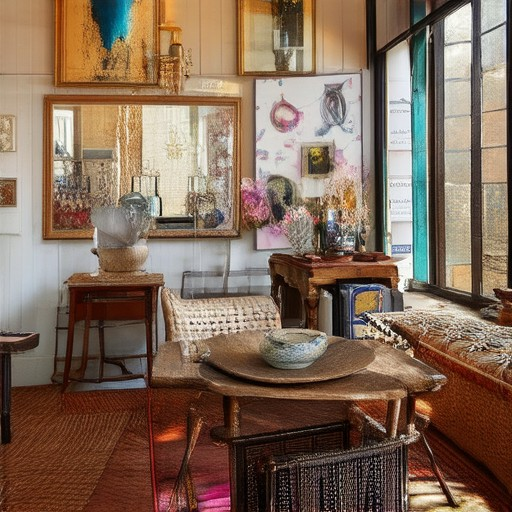
Why is Upcycling So Expensive?
Upcycling is often perceived as an expensive process due to several key factors:
1. Cost of Materials
The raw materials used in upcycling are frequently sourced from industrial leftovers or scrap materials. While these may initially appear cost-effective, they can sometimes be priced similarly to new materials depending on their quality and availability.
2. Labor Intensive Process
Upcycling typically requires significant manual labor. This includes cutting, sewing, painting, and assembling, all of which are time-consuming and labor-intensive tasks. These steps contribute to the overall cost of the final product.
3. Market Demand
Consumers are often willing to pay a premium for upcycled products due to their uniqueness and association with sustainability. This increased demand allows manufacturers to justify higher pricing.
4. Time and Resource Constraints
Manufacturers face challenges in sourcing materials and managing the upcycling process efficiently. The time required to sort, prepare, and transform materials can lead to increased operational costs.
5. Competition for Resources
As more businesses adopt upcycling, there is a growing competition for available materials. This scarcity can drive up prices as manufacturers seek out increasingly harder-to-find resources.
6. Branding and Perception
High-end brands often position their upcycled products as premium items. The brand’s reputation for quality and sustainability can influence consumer willingness to pay more.
In conclusion, the expense of upcycling arises from a combination of costly materials, labor-intensive processes, market demand, resource constraints, competition, and branding factors. These elements collectively contribute to the higher price points associated with upcycled products.

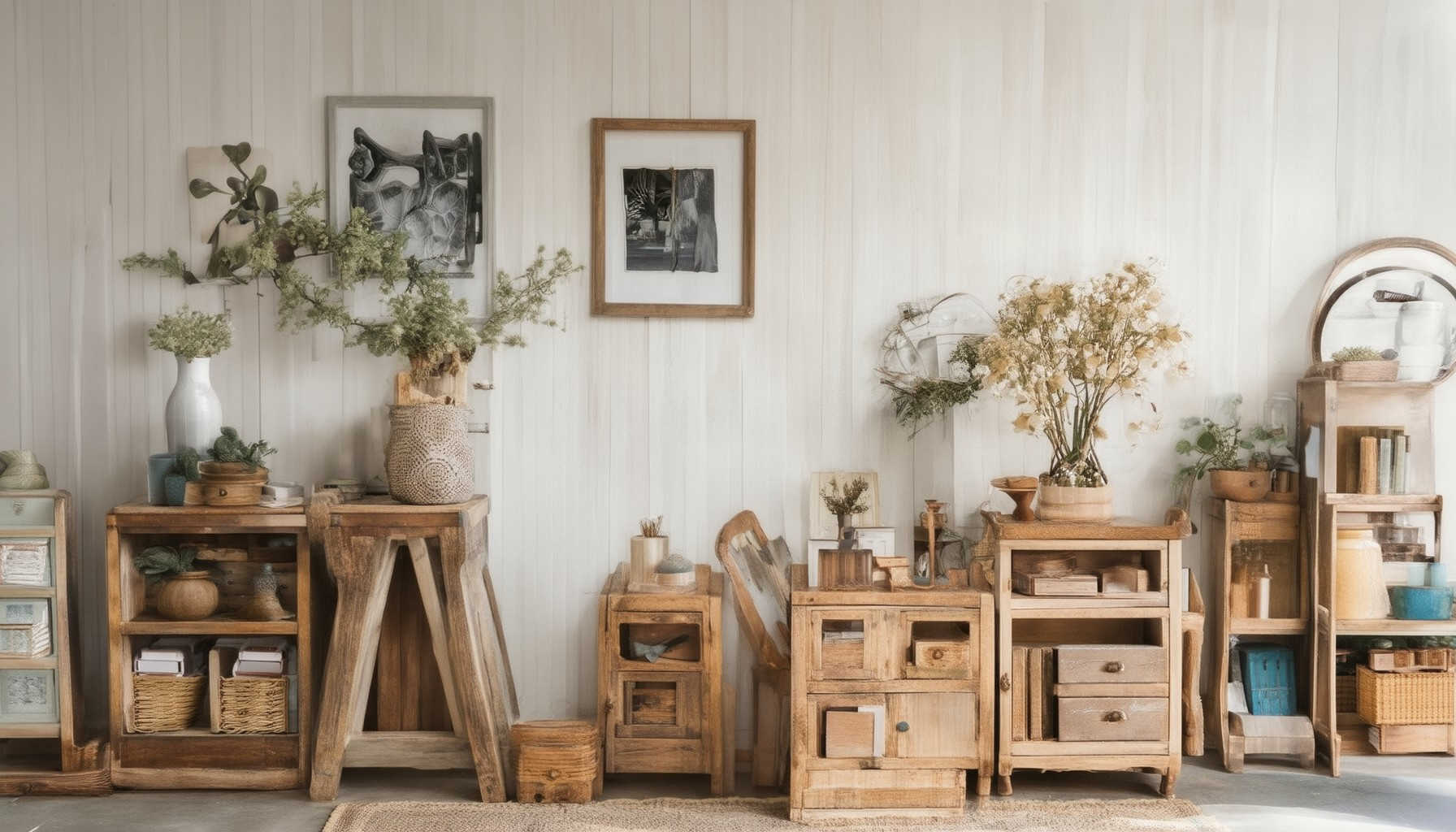
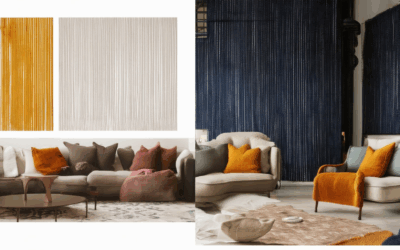


0 Comments